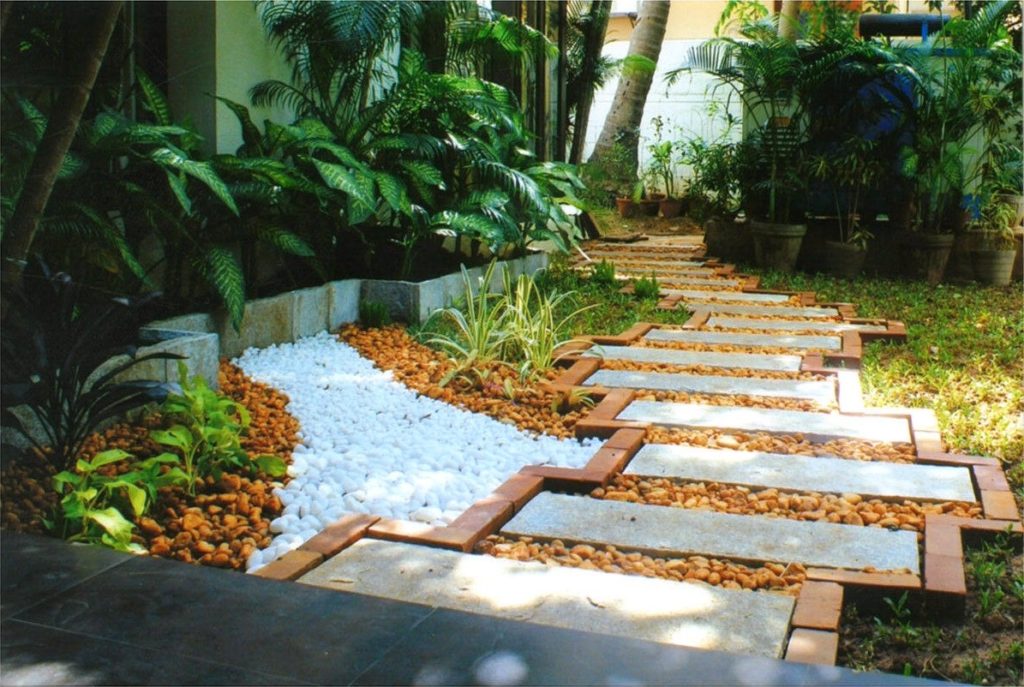Rapid urbanization has lead to a decline in greenery in the cities. The ill effects of reduced green cover are rapid rise in temperature and atmospheric dust. In cities where lack of space is a constraint a lush green spread seems like an obscure idea. But don’t let this deter you nature lovers from planning a space of your own. Reach upper to lofty ideas, set your sights high and take your desire to your terrace. While at first it might seem difficult to do terrace gardening, here are a few steps on how to begin with.
Size or space area:
The first thing to take into consideration is whether your balcony or terrace can take the extra weight. If a new house or apartment is being built you can include the weight of the garden into consideration, however for existing houses one needs a minimum floor area of 150 sq ft to build a terrace garden. Where the terrace space doesn’t allow you for gardening or is not fit for gardening you can create a tiled space on the terrace and put potted plants on it. You can add decor to it by adding a small pebble garden.
Adding Layers:
Make sure that the surface where you plan a terrace garden is waterproof. An effective drainage system should also be added in place. One layer after another should be added each with its own purpose. The layers that should be added are a water proofing membrane, insulation, root barrier, drainage layer, filter layer and on top of all this should come the soil and vegetation. An important point to keep in mind is to build the water proofing layer as a slope for easy drainage of water.
Planting:
You can grow veggies or if you prefer for a natural green cover you can go for ornamental grass. Apart from grass you can add flowering plants or exotic shrubs. Select plants that don’t have deep roots. Cactus varieties require low maintenance and suit ideally for terrace gardening. If space is a constraint you can add hanging basket plants.
Maintenance:
Maintaining a terrace garden differs from your regular garden. Since the garden sits on top of a terrace it is exposed to the windy conditions. Barriers such as walls or trees that are present on ground are not there on a terrace. So building a wind break like a sunroof helps.
Watering:
Watering technique also differs. You cannot lug water to the top of your terrace every day, so drip irrigation options should be considered. Roof gardens should be watered to a minimum as water adds to the weight on the roof.
After the daily grind of work a terrace garden is your own private natural getaway spot. Terrace gardening is also rewarding and pleasurable not to mention the exercise you get. Another benefit is plants have the capacity to reduce heat absorption in a building and offer a natural cooling effect to the residents. It doesn’t matter if you live in an independent house or apartment, all it takes for a terrace garden is your willingness, patience and a mindset that you don’t mind your hands getting dirty!
